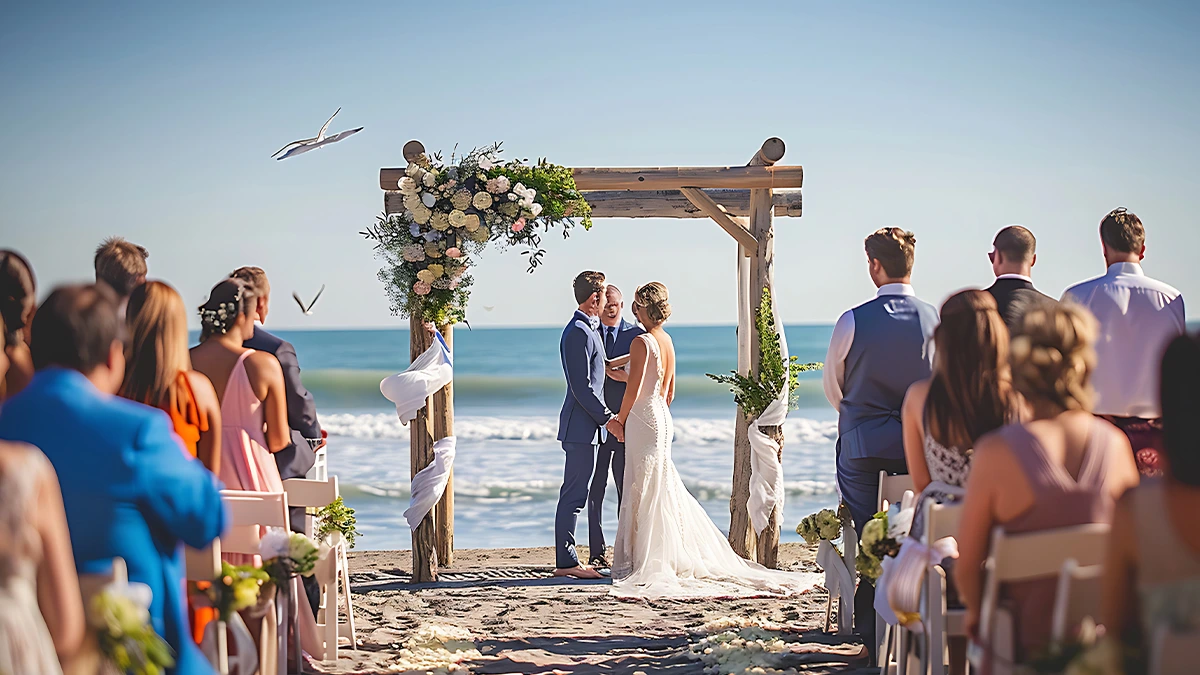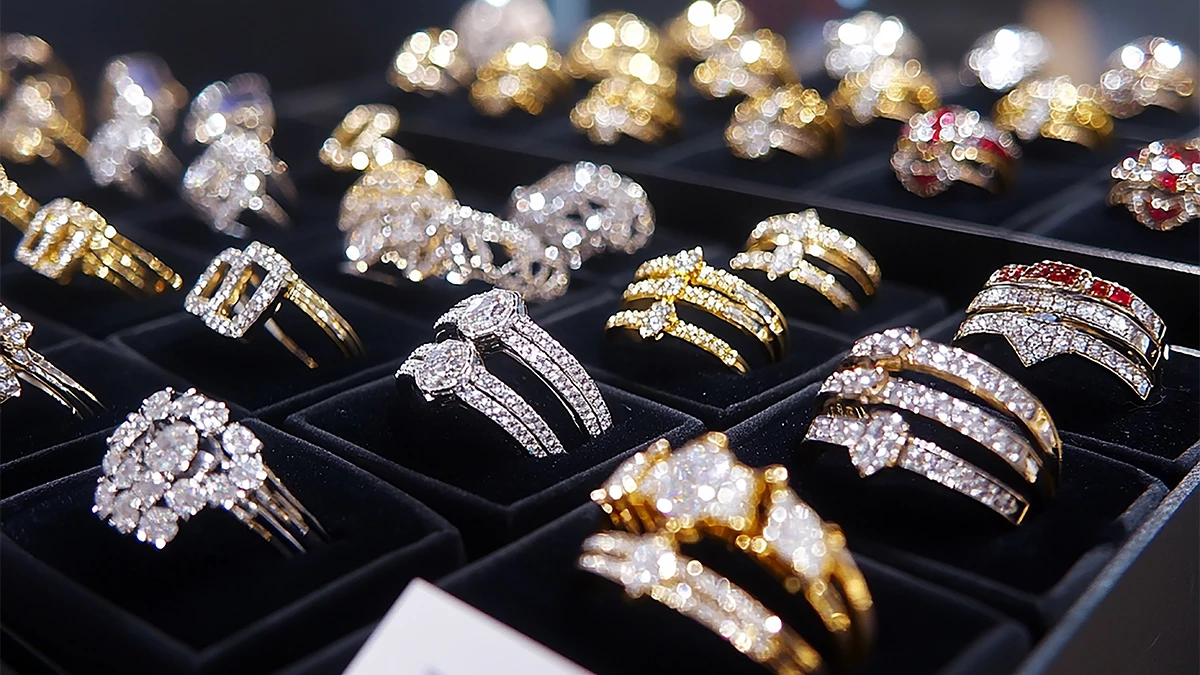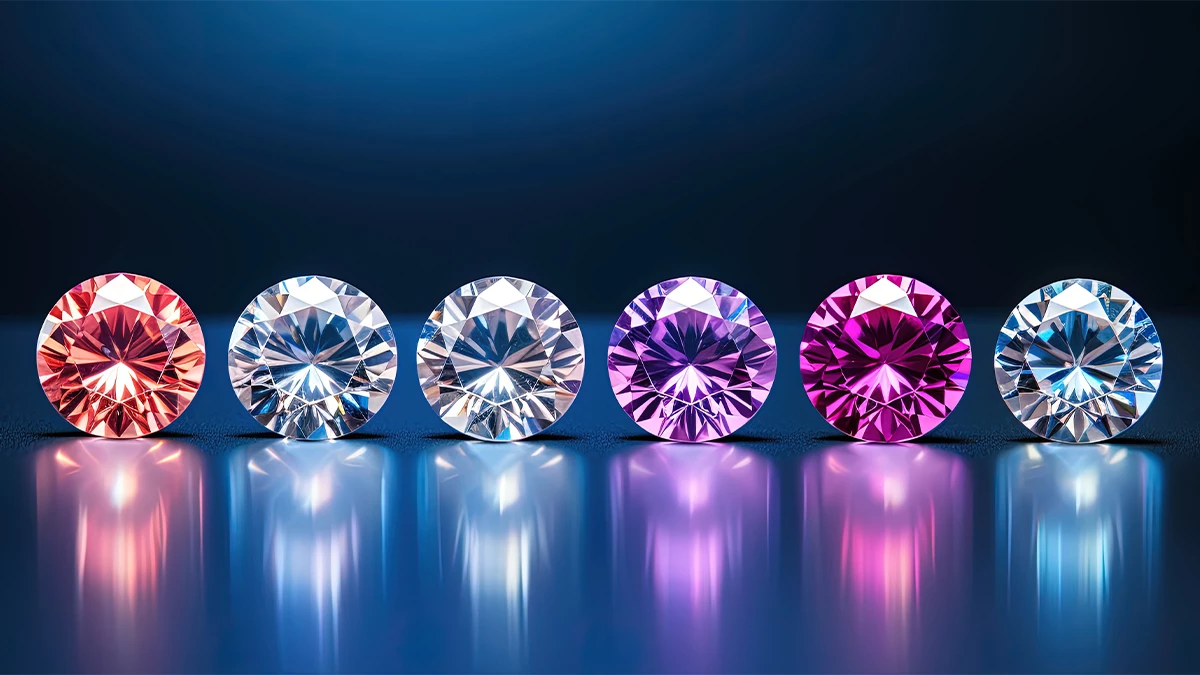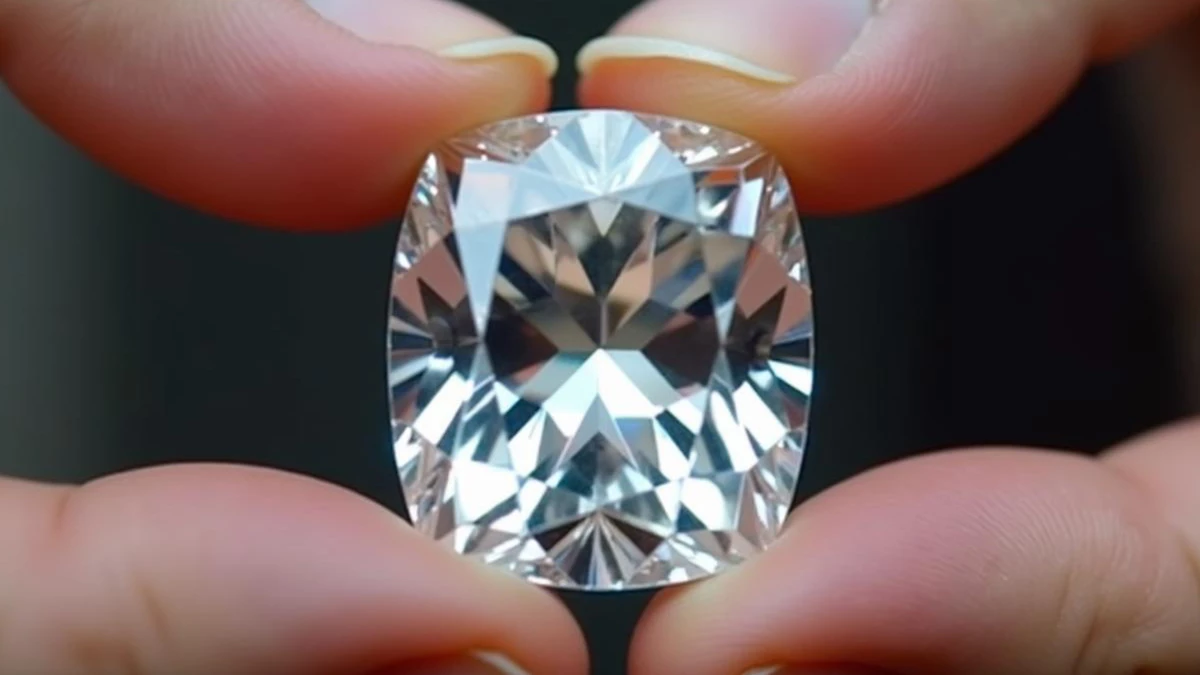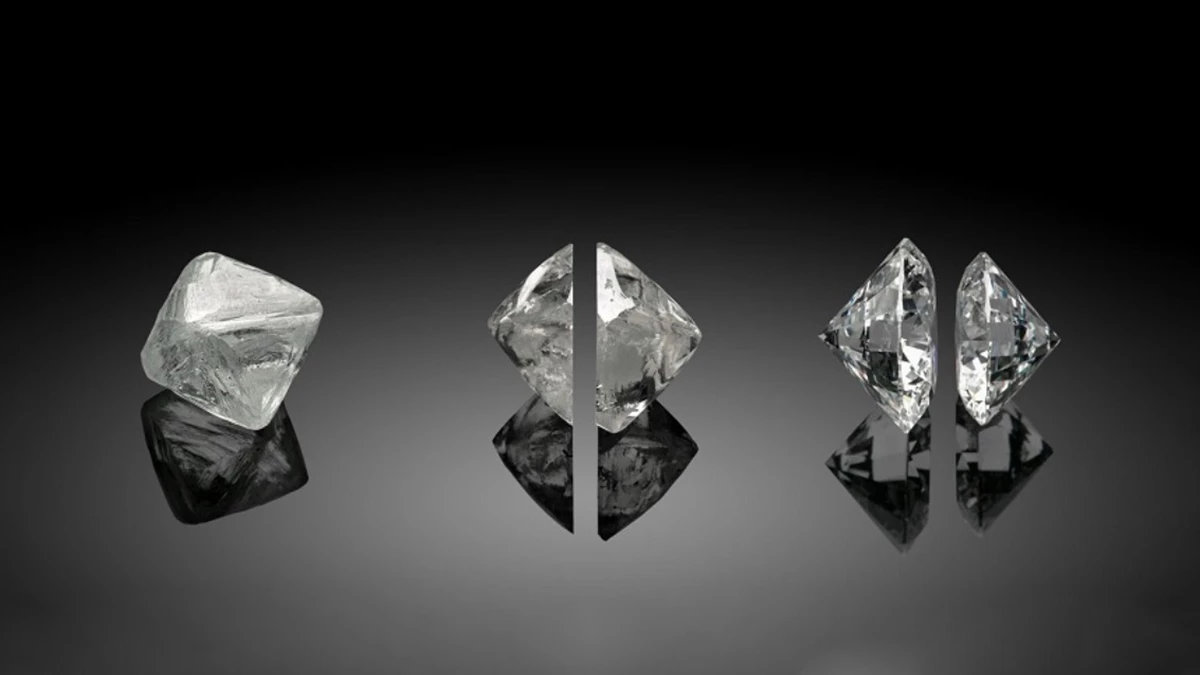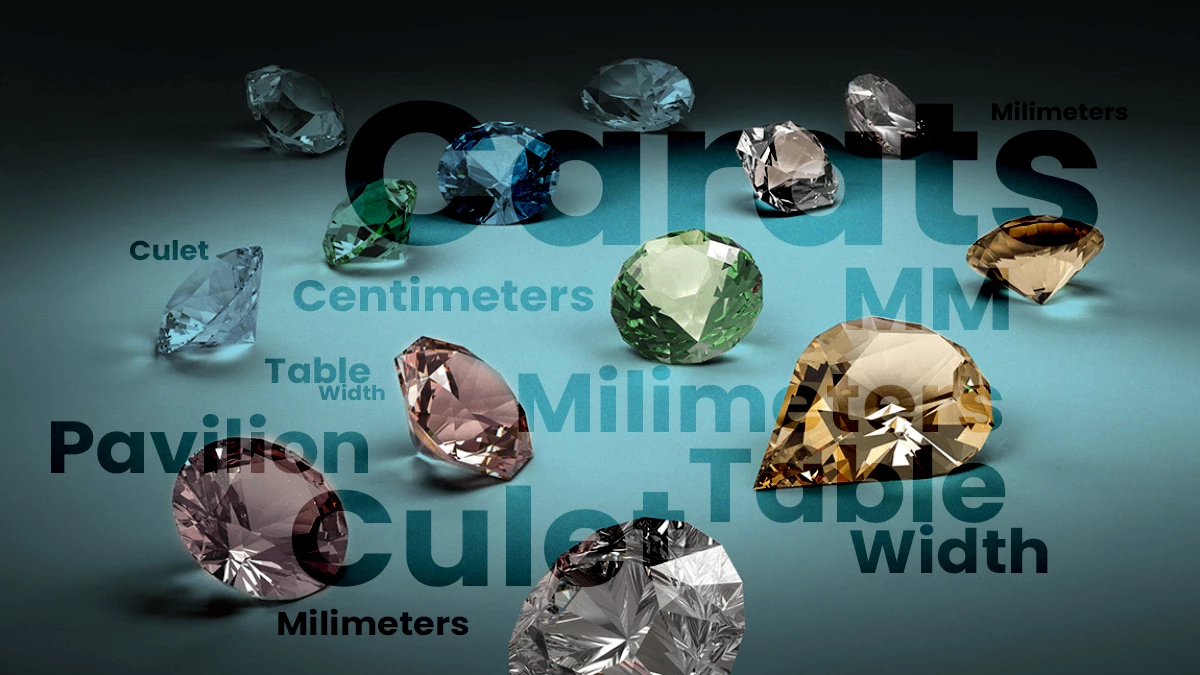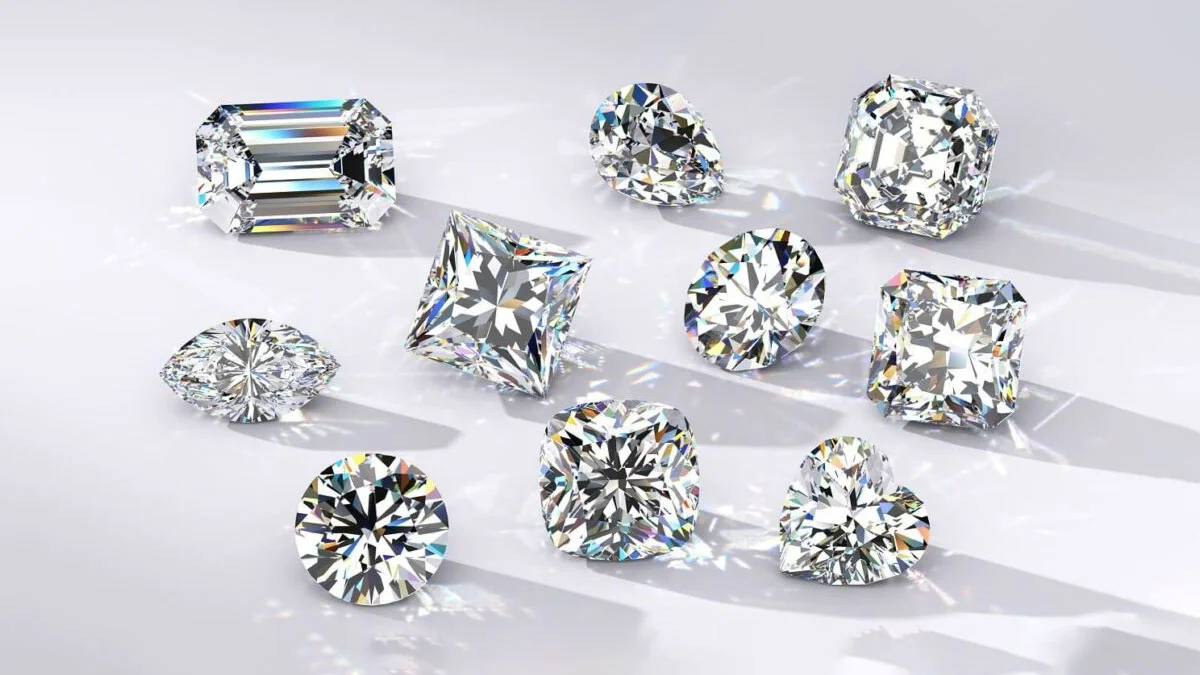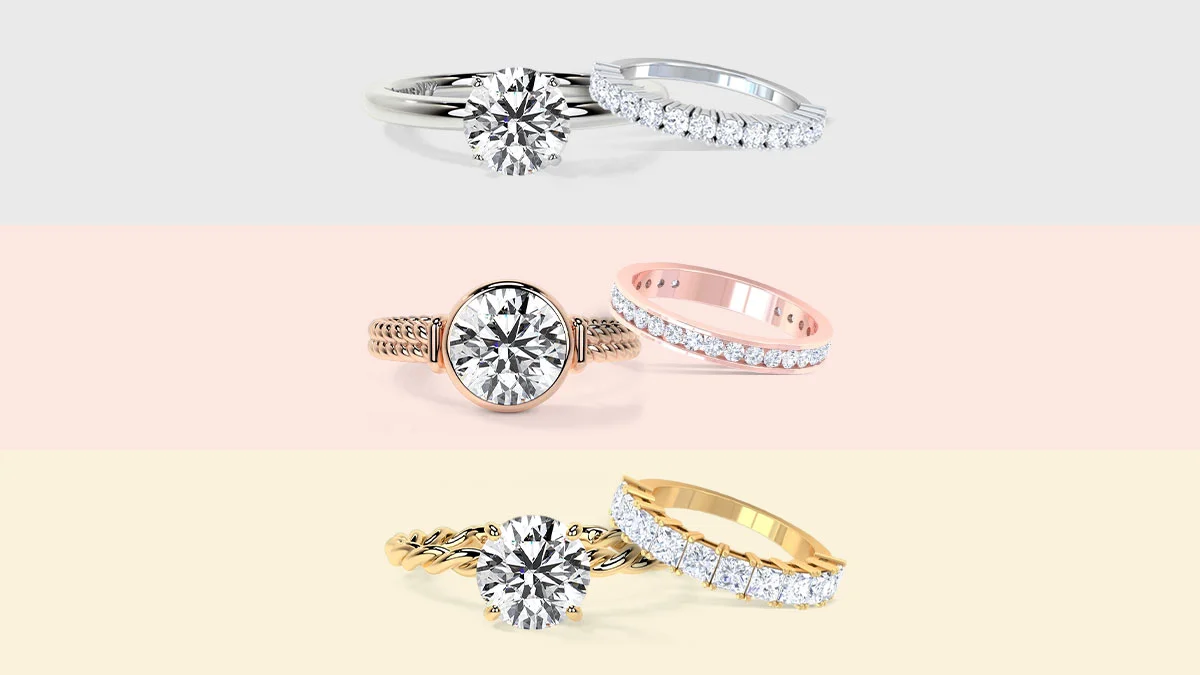The Cullinan diamond is one of the most prestigious diamonds ever discovered on this planet. It’s the largest to be ever found in the history of gemstone mining. So it would have been a miracle if it didn’t end up being a part of the British Crown Jewels. British history is full of expansionism and conquests. Consequently their monarchs took possession of many world-famous diamonds and other precious gemstones. In fact, because the British Empire extended across most of the globe, there was a famous saying back then that ‘It’s the only empire where the sun never sets’.
But that’s not for us to discuss. We’re here for the Cullinan diamond, whose timeline revolves around the British monarchs who were in power at the time of its discovery and acquisition.
Who Discovered The Cullinan Diamond And Where?
The exceptional diamond was discovered by Frederick G. S. Wells on 26 January 1905. Frederick was the Surface Manager at the Premier Mine, where the stone was discovered. The mine was near Pretoria in the then British colony Transvaal, now a province of South Africa. Because it was an extraordinary discovery, Frederick was rewarded with a bonus of $10,000.
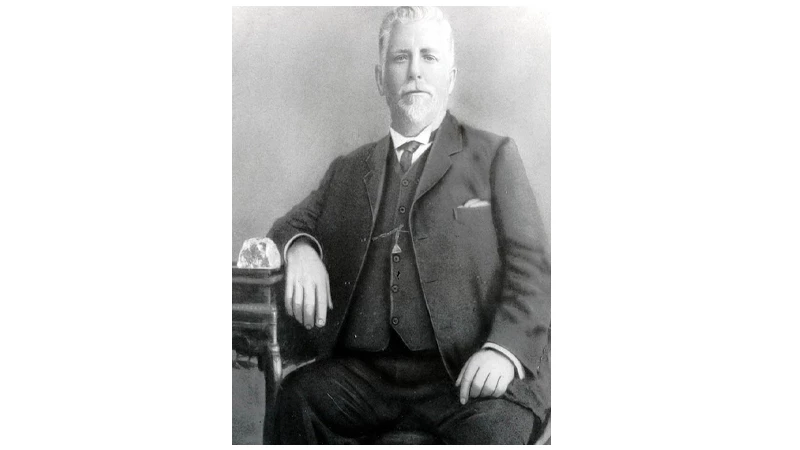
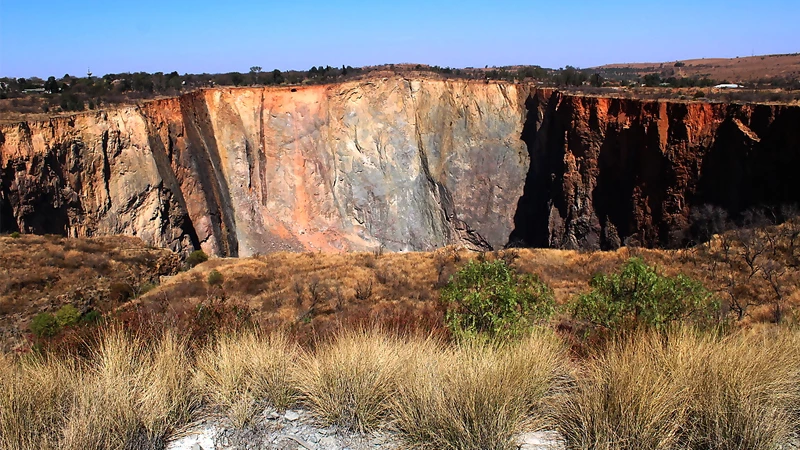
What Was The Carat Weight Of The Cullinan Diamond At The Time Of Its Discovery?
The massive uncut stunner weighed 3,106 carats at the time of its discovery. It measured almost 10.1 cm (3.9 in) in length and 6.35 cm (2.5 in) in width. The sheer size of the Cullinan diamond was one of its unique characteristics, besides its purity. Another feature is the stone’s appealing blue-white color.

Finding A Buyer
With the aim of finding a suitable buyer for the Cullinan diamond, the Premier Mine Company owners sent the stone to London in 1907. However, despite being a rare thing of beauty, the Cullinan diamond couldn’t find a buyer for itself. So, the Transvaal Government had to buy the stone from the Premier Mine Company.
Did You Know?
The Premier Mine Company owners sent the Cullinan diamond to London via registered mail. Alongside they sent a phony diamond as its decoy in an armored ship. Everybody thought that the gigantic diamond was being sent to London through the armored ship crammed with detectives.
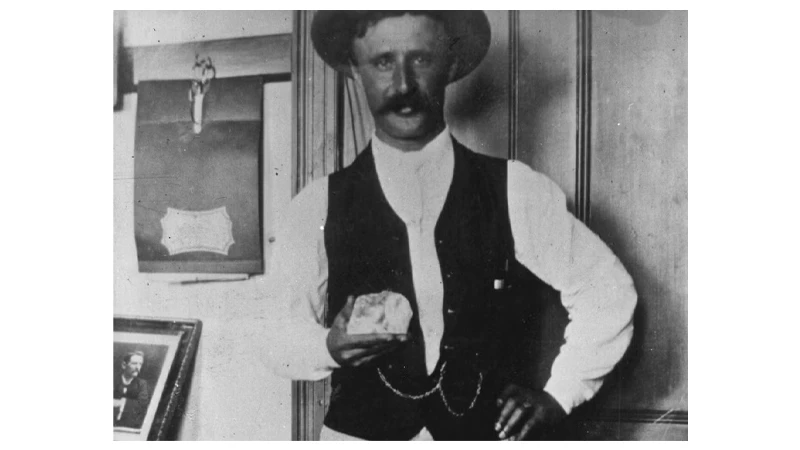
A Gift Meant To Restore Relations
After buying the Cullinan diamond, the Transvaal Government found a rather productive use for the stone. Following the Second Boer War (1899-1902), the Transvaal Government sought to restore the relations between Britain and South Africa. So, it presented the diamond to King Edward VII as a gift on his birthday. Since the stone was still uncut & rough, King Edward sent it to Scotland Yard, perhaps for safekeeping.
What Were King Edward VII’s Thoughts On Receiving The Cullinan Diamond?
As per a GIA publication, King Edward VII expressed his thoughts about the Cullinan diamond by saying that he’d accept it “as a token of the loyalty and attachment of the people of Transvaal, to his throne and person.” He even admitted that the Cullinan diamond would be “preserved among the historical jewels which form the heirlooms of the Crown”.
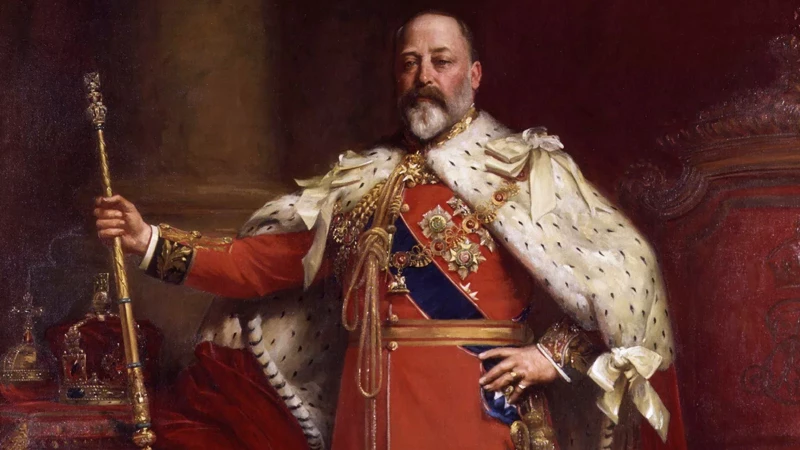
Who Cut The Cullinan Diamond Into Small Gemstones And When?
Joseph Asscher and Company of Amsterdam were approached to cut the Cullinan diamond into small gemstones in early 1908. Starting February 1908, a team of 3 specialists worked for 8 months to cut and polish sparkling gems from the original piece. The monumental stone was first cut into 7 pieces. However, these 7 pieces were cut further to produce 9 large stones. Each of these stones was named Cullinan with a designated Roman number from I to IX.
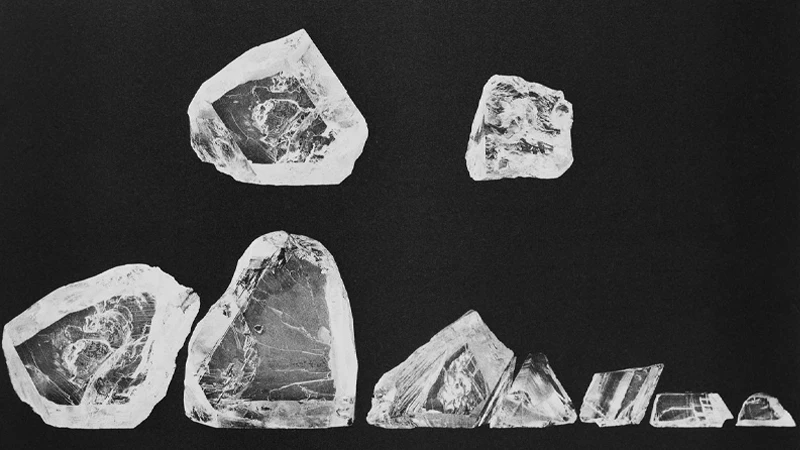
Also known as the Star of Africa and weighing an enormous 530.2 carats, the pear-shaped Cullinan I was the largest of them all. In fact, it was larger than the famous diamond from India, the Koh-i-Noor, which weighed a mere 105.6 carats. In addition to the 9 large stones, the Cullinan diamond produced another 96 smaller diamonds. A small part i.e. 9.5 carats remained as unpolished fragments. Around 65% of the Cullinan diamond was lost in producing so many stones.
Did You Know?
A team of experts went to the Tower of London to gather ideas as to where they could set the Cullinan diamonds after it was decided to cut the original piece.
What Happened With The Cullinan Diamonds After The Death Of King Edward VII?
The largest colorless top-quality white diamond, the Cullinan I, was added to the Sovereign’s Sceptre after the death of King Edward VII in 1910. Back in 1908, people who were assigned to cut the Cullinan diamond into small gemstones wanted precisely this to happen with the largest stone of the group. The mounting of the Cullinan I was hinged in the Crown Jewel in a way that the stone could be easily removed if required.
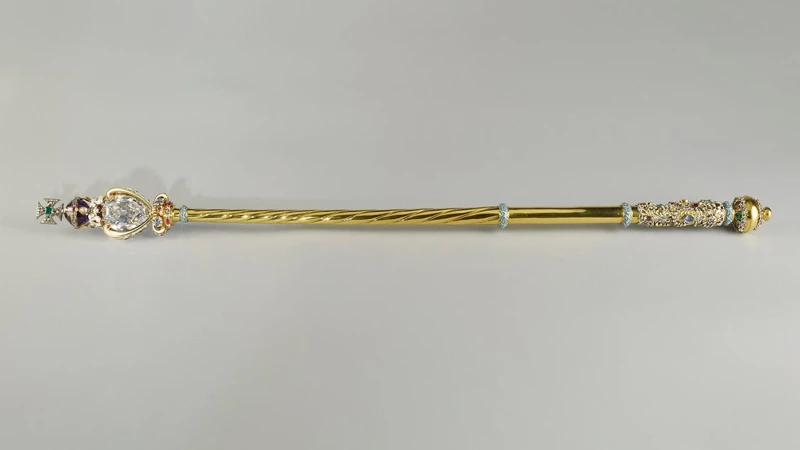
Cullinan II: The Second Star Of Africa
Also known as the Second Star of Africa the oval shaped Cullinan II weighs an enormous 317 carats. It was set into the gold Imperial State Crown in 1910. The Cullinan-II is set in the Crown of State in the same way as the Cullinan-I in the Sovereign’s Sceptre. Thus it can be easily removed if the King wishes to wear the Second Star of Africa as a pendant or brooch.
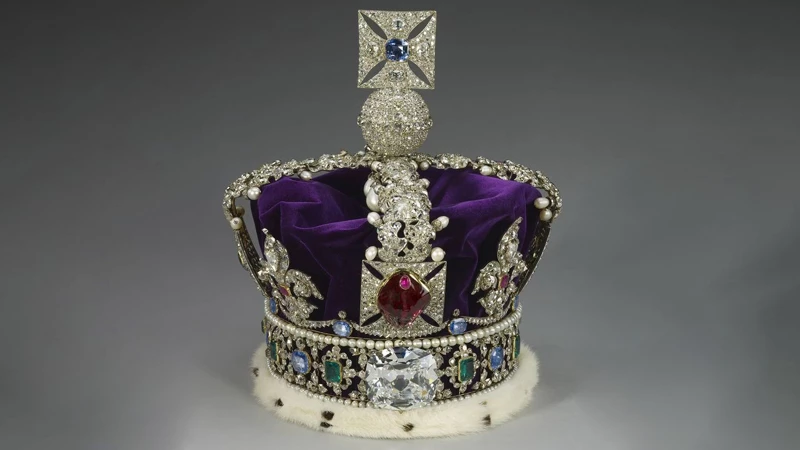
Who Kept The Other Cullinan Diamonds?
The Dutch diamond merchant, Joseph Asscher, kept the other Cullinan diamonds as his fee for cutting the original piece. His share comprised Cullinan diamonds from III-IX, 96 small diamonds, and the unpolished fragments. Out of all these stones, King Edward VII bought Cullinan VI and VIII from Joseph Asscher. In 1910, the South African government acquired and presented all the remaining stones to Queen Mary. All of these Cullinan diamonds were subsequently bequeathed by Queen Mary to Queen Elizabeth II in 1953.

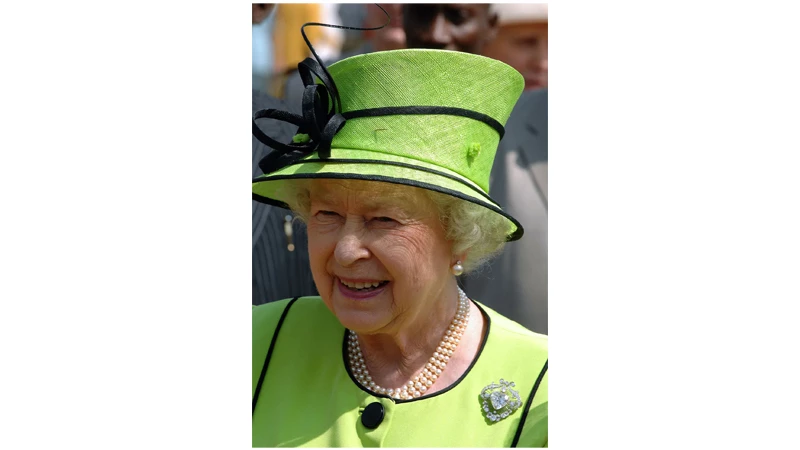
Fun Fact
During the first attempt at cutting the Cullinan diamond, Joseph Asscher ended up snapping the cleaving knife, whose groove took four days to prepare, with no effect on the diamond. That’s right, no effect on the diamond. Attempting the second blow with a new cleaving knife, Asscher split the stone into two pieces.
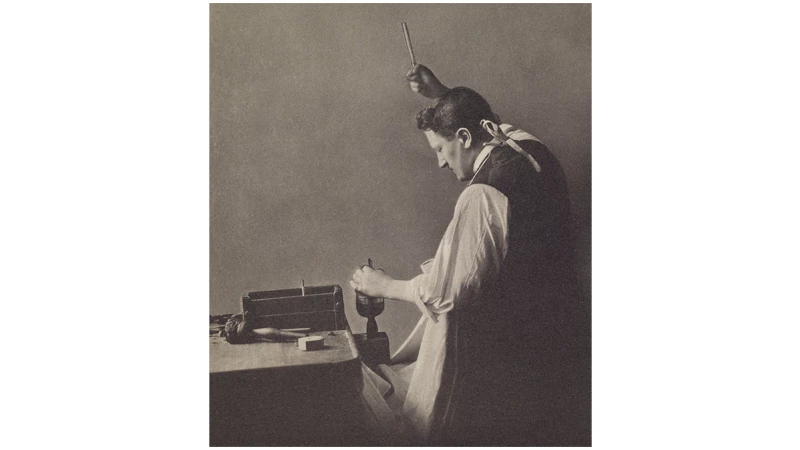
Cullinan Diamond: An Unsolved Mystery…
The discovery of the largest gem-quality rough diamond even touched off a mystery apart from creating a sensation. Many thought that the Cullinan diamond was nothing but a portion of a much larger diamond. It was said at the time of the discovery of the Cullinan diamond that four magnificent pieces of this stone were broken. While this was a hot topic back then, with everybody coming up with their thoughts on the Cullinan diamond, nobody has yet turned up with the evidence justifying the theory.
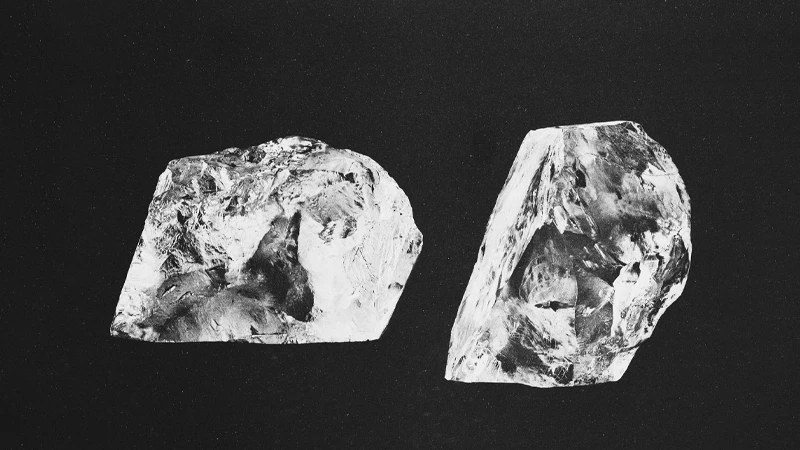
…And A Gem Of The First Order
Upon its discovery, the Premier Mine Company owners first displayed the Cullinan diamond at the Standard Bank of Johannesburg. This sparked excitement and people turned in large numbers to look at the largest diamond ever found back in 1905. The gathering was more than 3 times the number of visitors passes issued. For perspective, the company issued only 3,000 passes but around 8,000-9,000 people visited Standard Bank in Johannesburg.
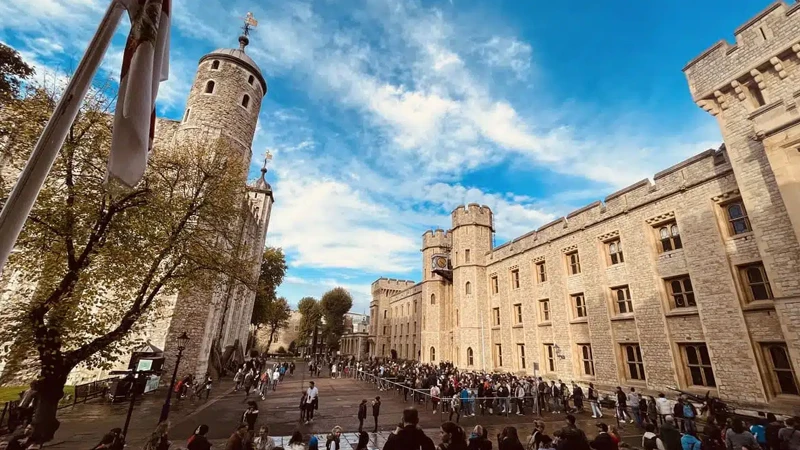
Millions of people visit the Tower of London each year to catch a glimpse of the Cullinan-I set in the Sovereign’s Sceptre. Even after more than a century of its discovery, the appeal of the Cullinan diamond is still alive.
Want to create your own diamond jewelry? Check out our collection of natural & lab-grown diamonds and jewelry for self indulgence and gifting.


